2: Bug hunting basics
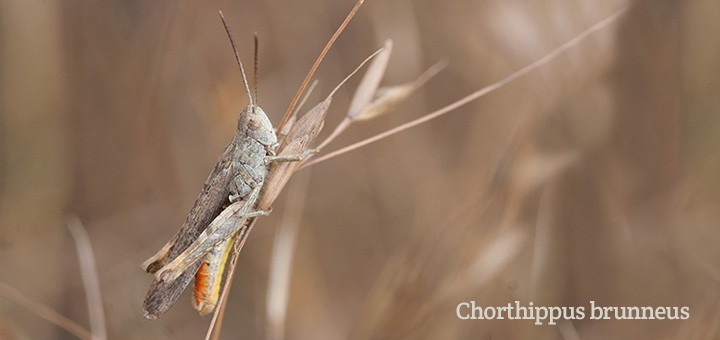
Armed with your camera (or sweep-net and pooter) it’s time to go out and find those insects
I have two approaches to finding insects – or ‘bug bothering’ as my lovely lady calls it – the ‘it’s a beautiful day, I’m off see what’s about’ method and the slightly more targeted ‘right, time to get that Roesel’s bush cricket’ or whichever bug I’ve set my sights on. Although the second one involves a bit more planning the basics behind both are pretty much the same and start with…
Know your area
If you’re on holiday or a field trip then much of the excitement comes from not knowing what bugs you might see. But if you pick a few local areas and visit them often you quickly get to know which insects you’re likely come across and where they’re going to be. Try to choose places that have different plants and habitats but are easy to get to even if you only have an hour or so to spare. I have five patches I regularly visit: my front garden, my back garden, the local recreation ground, certain local field margins and a meadow in the neighbouring village of Haddenham. Even if I don’t have my camera with me, when I’m in one of these spots I will always look to see which bugs are about and what they’re doing. The vital thing to try and note is the plants or places they’re attracted to and why – for example are they feeding, basking in the sun or hanging out trying to find a mate? Once you have a good understanding of your local patches you can use this knowledge to increase your chances of find bugs when you’re in unfamiliar surroundings.
Different times, different insects
Although it’s tempting (especially if you’re a photographer) to go out when the light is brightest, say late morning to mid afternoon, varying the time of day you head out to visit your patch of choice is always a good idea. Insects, like humans, tend to have a routine to their day and different preferences for when they go out and about. So not only will you encounter a different range of bugs at different times of the day but also find out what is most (or even better, least) active and when. For example, many insects spend the early hours of the morning basking in the sun and warming up before they go foraging for food. Some feed restlessly, darting from flower to flower while it’s hot but slow down as the afternoon cools while others only appear as the sun begins to set. Again, if you do this regularly across all your chosen areas you’ll soon build up a picture of what’s about and when which can prove useful if you are after something in particular.
Dinner’s ready!
Not only is it advisable to vary the time of day you go out it’s also a good plan to make forays throughout the seasons, not just summer, as the other factor that will seriously improve your chances of success when bug hunting is knowing which plants are in flower and when. Despite the fact some adult insects never eat, the majority of them are out there foraging and they all have their favourite food plants – whether that be pollen and nectar from the flowers or the plant itself. Umbellifers (such as yarrow or fennel) are particular favourites with pollen feeders as they’re made up of loads of little flowers. In mid to late summer brambles are a magnet for bees, flies and butterflies among others. Towards the end of the year ivy attracts a host of insects. And where there are insects chowing down on plants there’ll be others looking to make a meal out of them, mate with them or even more gruesomely lay their eggs on or in them. Nice!
Look up, look down
If you’re out searching for grasshoppers you will inevitably be staring at the ground but it’s easy when out looking for bugs to scan your surroundings pretty much at eye level, especially when wandering along hedgerows and the like. So be sure to have a good look nearer ground level and and above your head or you may well miss out on some great insects. Some predatory wasps, for example, will often be seen searching in the scrubby lower margins of hedges while certain butterflies spend most of their time up in the canopies of trees.
Water, water everywhere
Good old H2O is as important to bugs as it is to any other animal so it’s always worth spending time at water sources when you come across them. Many insects live, breed and hunt on, in or near water – whether it be a puddle, pond, ditch, stream or river. Dragonflies, mayflies and pond-skaters are obvious examples but bees, flies and wasps can all be found drinking from the tiniest watering hole. And let’s not forget those truly aquatic bugs like water beetles or backswimmers.
Back to school
It may sound obvious, but if you are in any way serious about bug hunting and identification then read, read and read some more! It’s easy when looking at your photo or specimen to just reach for a handy field guide and start looking at the pictures. But the more you know about an insect’s life-cycle, habitats, food plant or prey, morphology, distribution and so on the easier it will be find them in the first place and identify them later – especially if you’re after that special rarity. There is a wealth of information out there, some of which I list on my off-site resources page, so take the time to check out books and websites, maybe go on an organised bug walk or attend a talk or two – believe me, it will help!

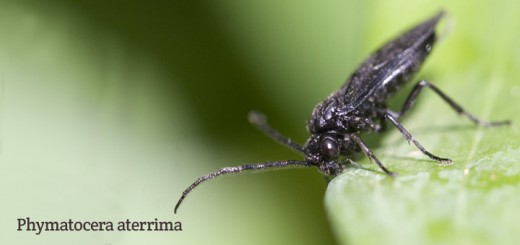
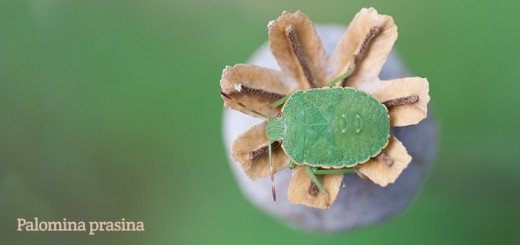
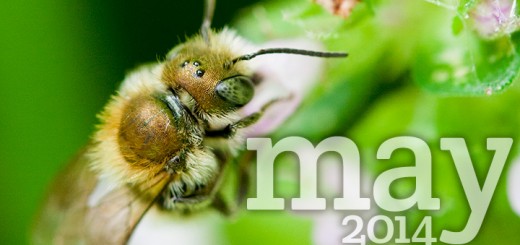
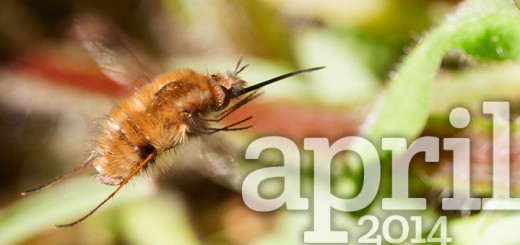
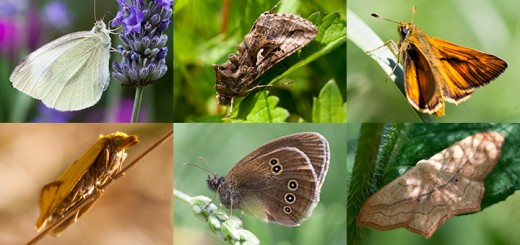
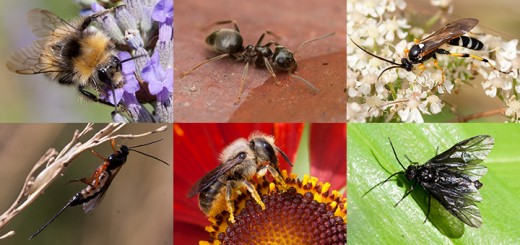
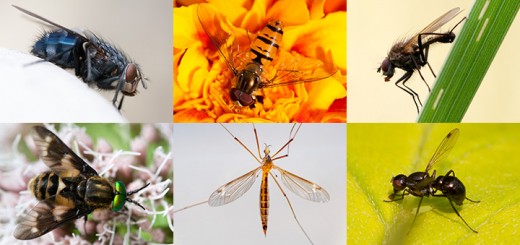
Recent Comments